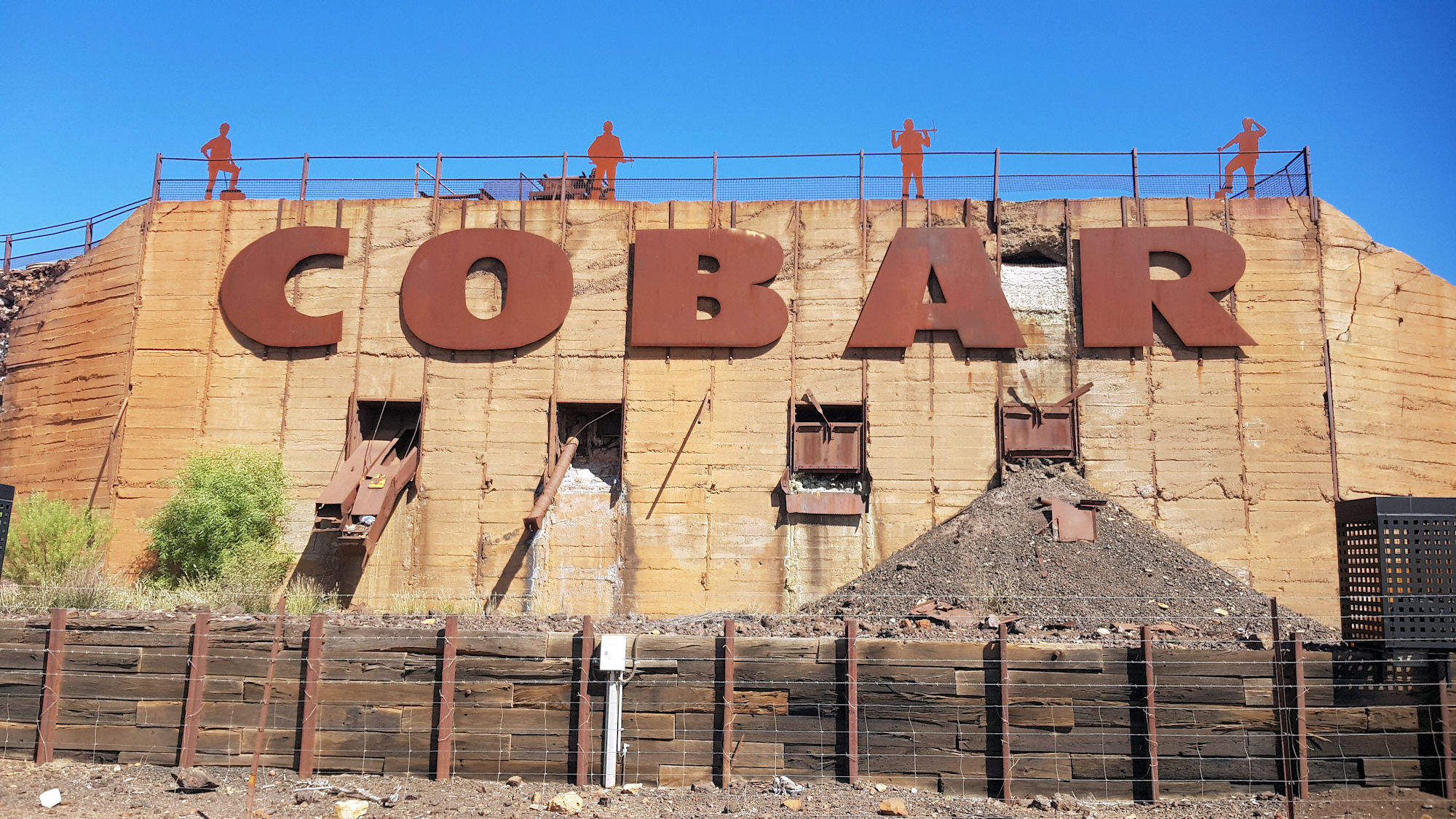Tag: NSW
-
Bourke Gateway to the Australian Outback

Bourke Located in the Orana Region of western New South Wales, Bourke is the edge of the Outback. To many Australian, the saying Back O’ Bourke means in the middle of nowhere. Visitor Centre Our first stop was the Back O’ Bourke Tourist Information Centre, so that we could find out if there was anything… Read more
-
Muswellbrook Regional Arts Centre

Muswellbrook Regional Arts Centre Located on the corner of Bridge and William Streets in the School of Arts building, the Muswellbrook Regional Arts Centre houses a large collection of local national and international artists. The Muswellbrook School of Arts building is worth admiring because of its architectural beauty. Entry to the centre is free and… Read more
